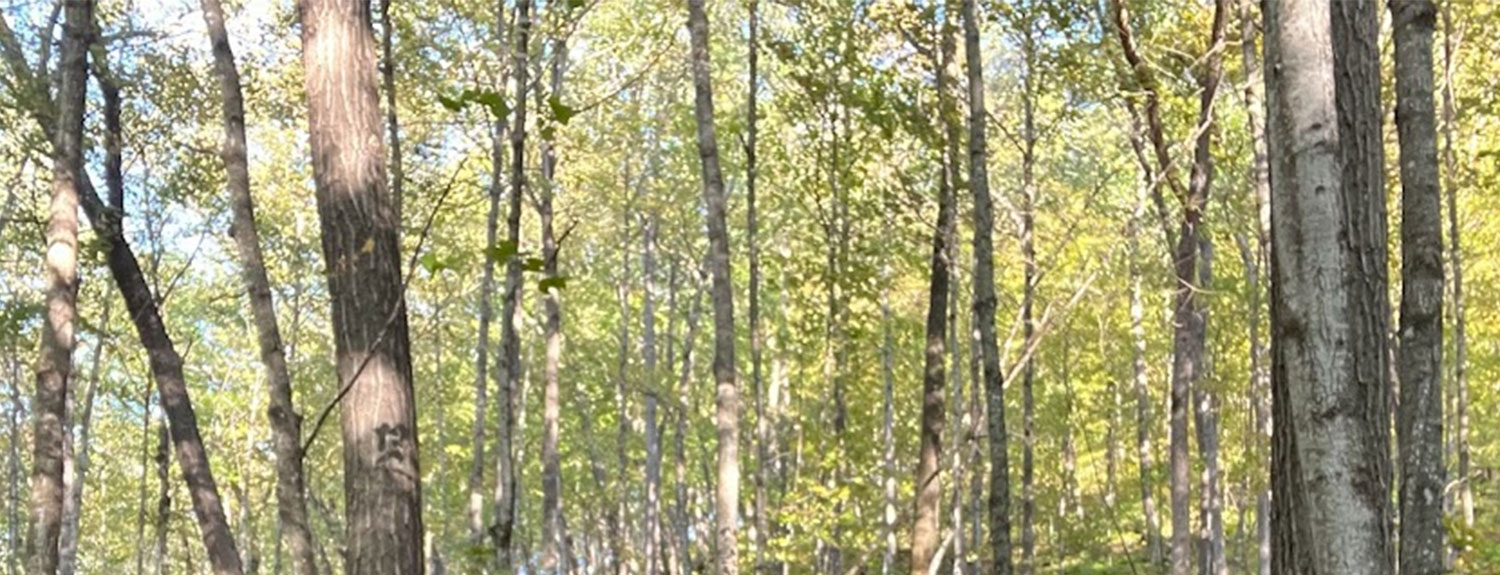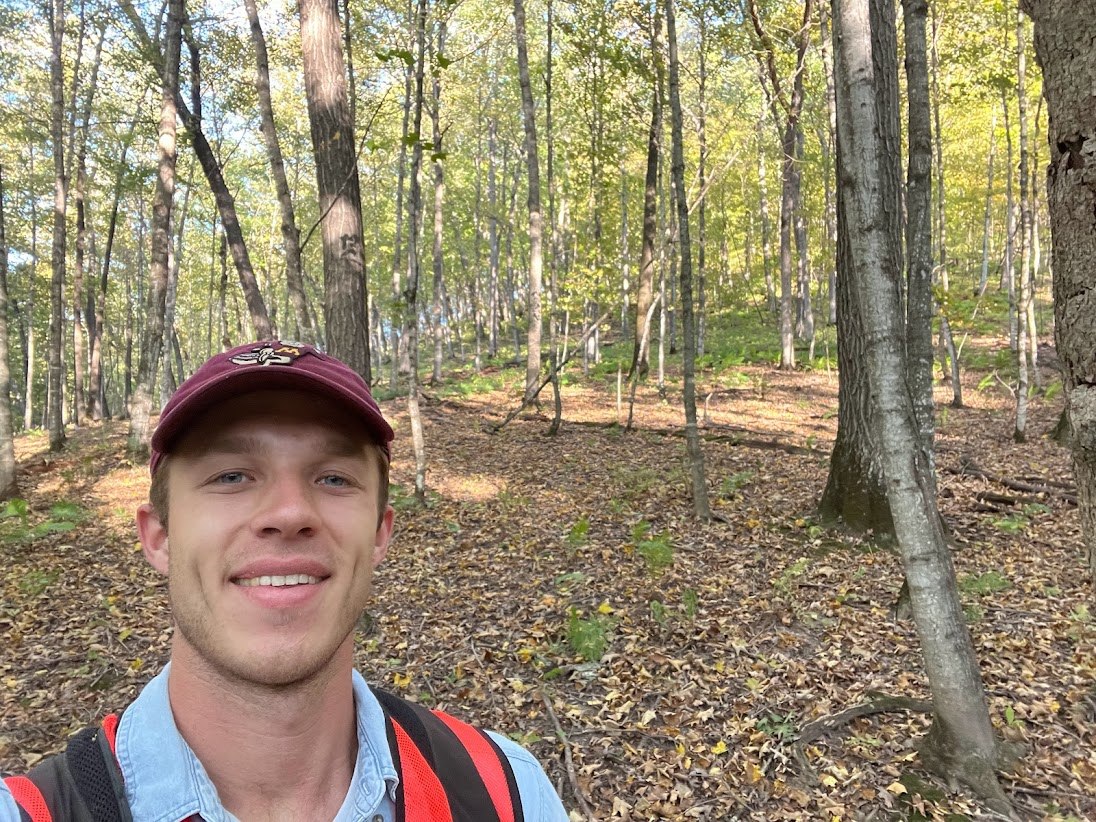
Nick Partington
Research Q & A
My project involves investigating trends in biodiversity and carbon storage in the Big Woods ecological subsection of Minnesota. Specifically, we are comparing plant diversity and aboveground carbon storage between old-growth and second-growth maple-basswood forests in central and southeastern Minnesota. Funding from the Bell Museum supported travel and supply costs associated with field work over the summer.
Next steps in the project include organizing field data and analyzing data for any significant differences in biodiversity and carbon storage between older and younger forests
What’s your hometown?
My hometown is Alexandria, Minnesota.
How did you get started/what drew you to your area of study?
I had the opportunity to participate in land management and restoration work as an undergraduate student. That and my love of Minnesota’s forests made me want to learn more about these systems.
Why are you focusing your work in that area?
A lot of people live in or near the Big Woods and enjoy services that natural areas provide them. A better understanding of biodiversity and carbon storage in these areas can inform land management that will help maintain these services to people.
What is your favorite aspect of your research/work?
I get to learn more about forest ecology through both hands-on field experience and analyzing data.
Where are you working on research/field work?
Our study system is the Big Woods of Minnesota and field sites range from near St. Micheal to near St. Charles.


